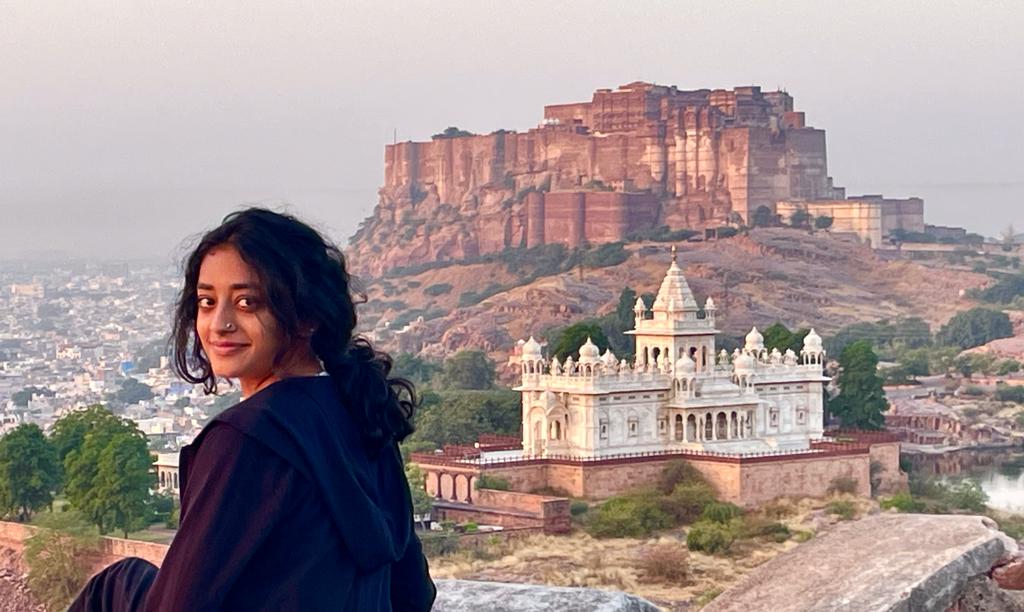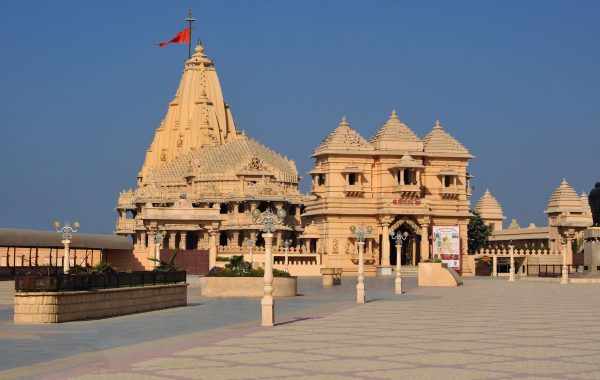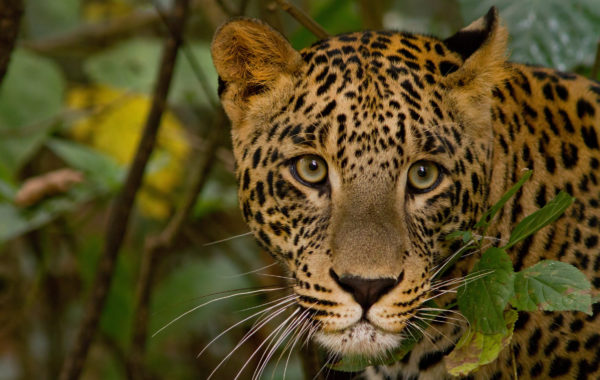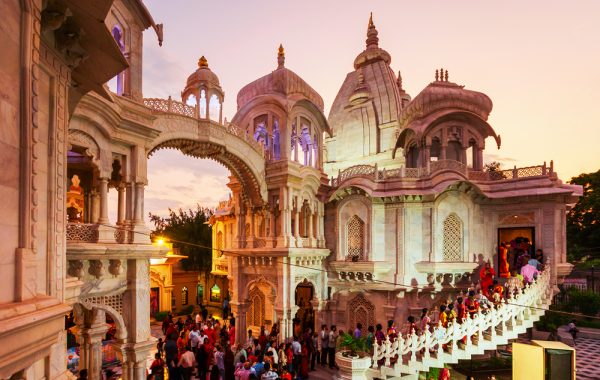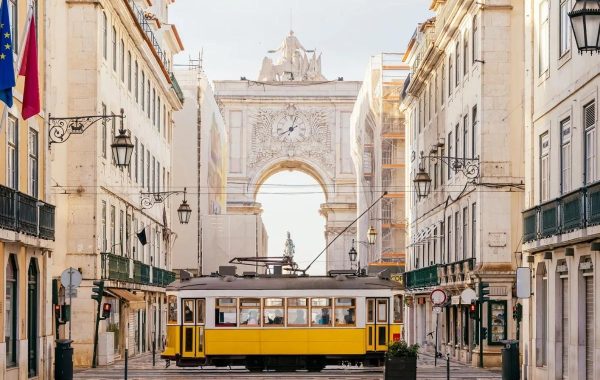The Delhi Spring in full bloom on a morning in Lodhi Gardens. Photo by: Abhishek Hajela
Every year, between the departure of winter and the arrival of summer, Spring appears in the Capital, bearing gifts from across the colour palette.
Thinking of Spring in Delhi always reminds me of a lush vine of bougainvillaea in JNU—two trees, almost two islands, topped with a magenta foliage, floating in a river of magenta. This was a Facebook photograph one of my most cherished college professors took eight years ago. Last year, we lost our teacher to the second wave of the pandemic.
In the first Spring since that loss, the image full of life force has reappeared to me as an abiding stand-in. Even as the oncoming summer hurtles towards us, causing the brief riot of colour on canopies all across town to shrivel, the exuberance of that full bush of bougainvillaea has made for a particularly compelling objective correlative. As a perennial bloom, bougainvillaea of course hangs like papery wisps across cream walls of government offices and staff complexes, stretches gregariously over meshes guarding nurseries, and spreads surreptitiously around lakeside foliage in public parks.
Also Read In Photos | Celebrating Spring in Santiniketan

An avenue shaded by tachigali-lookalikes in Central Delhi (left); a visitor at Lodhi Gardens under a jacaranda tree. Photos by: Abhishek Hajela (left); Prerak Pathak (right)
And yet, Spring in the Capital is almost always heralded by the freshly tonsured branches of the semal tree. Midway through winter’s exit, the dramatic arrival of the blooms of the silk cotton tree, rendering the branches bare, stands as a notification sign on the Delhi sky: I, Spring, have arrived. The tree is celebrated endlessly by flaneurs all around town. With the onset of the season, these flowers sprout indiscriminately across the city, from Mayur Vihar’s apartment complexes in the east and service lanes along metro stations, to university campuses and office complexes like Bhikaji Cama Place. Towards the latter half of March, these voluminous dollops of red drop to the ground, quietly burying everything in their yearly swan song.
The semal tree’s relationship with the city is as old and inextricable as any Mughal or Lodhi landmark. Their short-lived post-winter appearance has remained steady through the years, and survived the onslaught of worsening climate, early summers and exploitative urban planning. The tree, when in bloom, attracts prodigious birdlife—it is common to see rose-ringed parakeets, purple sunbirds, brahminy mynahs and even travellers from Europe such as the rosy starling.

A family poses for a photograph with a semal tree in the backdrop, at Delhi’s freshly restored arboretum, Sunder Nursery. Photo by: Prerak Pathak
At its peak, the Delhi spring unleashes a torrent of blooms in red, from the bold tones of semal and the popping pinks of peach blossoms and pink trumpets, to the rare lustre of palash, that ancient resident of the drier Aravallis, and the punctuating reds of carefree bottlebrushes. The zealous leaves of the kusum tree, too, go red during springtime. The post-Spring period also sees the ubiquitous gulmohar (known for their rattling pods) in bloom, setting the city’s summer foliage awash in a beguiling scarlet. Of course, there are the neelmohars (a jacaranda sub-type) of HUDCO Udyan near August Kranti Marg and the magnolia-lookalikes of Lodhi Gardens, both of whose purple canopies are something of a spring special. There are also bright yellow trumpets which many confuse from a distance with the summer blooms of amaltas.
In Delhi, spring soldiers on despite stiff salvos of summer fast approaching, and the eventually laid carpets of mauve-pink, flaming red, and pale yellow serve to remind the aspiring flaneur that if spring is here, autumn is not far away. But before that, there shall be summer—a second spring of sorts for the city, when the boughs will weigh heavy with radiant laburnums, or amaltas.
My Spring-Spotting Guide to Delhi
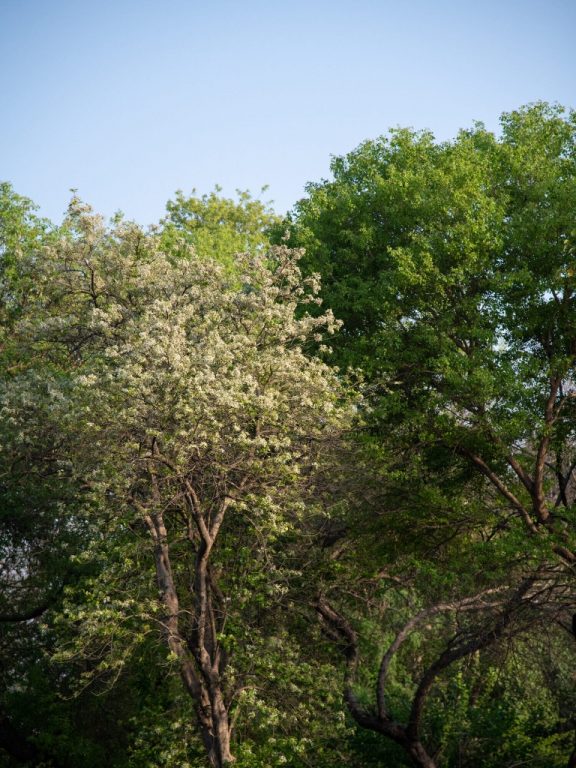
Lodhi Garden: Situated in the heart of the Capital, the 15th-century garden complex is inarguably the most famous of all of Delhi’s gardens. Spring ushers in a profusion of semal, pink trumpets and a variety of other spring blossoms here, in addition to kusum. A short walk down Lodhi Road, the roundabout around Sabz Burj shelters several semal trees, whose flowers can be found carpeting the road throughout spring. Close by, the Safdarjung Tomb gardens witness the flowering of flaming Sita Ashok flowers and bouquets of Caribbean trumpets in spring.
Sunder Nursery: The latest green lung in the Capital is sprawled over 90 acres and offers several landscaped gardens, water features, designated wilderness zones and scenic walking trails to relish the colours of spring in all their glory. Don’t forget the flowerbeds and rose gardens. The Yellow Bloom lane is a dedicated spring bloom walk where one can spot semal, rosewood, red poppy and a variety of peach blossoms, apart from fragrant spring blooms like shirish.
Shanti Path: This popular stretch in Lutyens’ Delhi, along a pretty road flanked by embassies and a lush belt of trees, is perfect for tulip lovers out on an evening walk. Amble straight down Shanti Path, past the Belgian Embassy and at the crossing, jump on to Niti Marg, walking right till the Czech Embassy.
Nehru Place: As winter makes its exit, South Delhi turns endlessly alluring with its variety of kachnar, Persian lilac, chamrod, and shalmali among others. The best place to witness this spectacle is undoubtedly the Astha Kunj Park, located close to the Lotus Temple and Nehru Place.
—By Prannay Pathak
***
My earliest memory of Holi brings back an unforgettable pungent smell of an overnight concoction of tesu flowers rotting in water. What resulted in off-putting stains of orange and brown when spritzed, was a result of a full day of separating Tesu’s flowers from those of the coral tree. The spring of 2009 was spent on the lookout for forest flame amidst keekar and babool trees in Madhya Pradesh. Spring of 2019 was spent reminiscing about the old days at the scent of a fallen bud in Delhi’s Lajpat Nagar. What remained constant through the decade was the bickering over the interchangeable nomenclature of the tangerine and ruby-shaded flowers—Dhak, Tesu, Palash or Semal, Shimul and Kapok.
My stints as an aspiring naturalist go back to the years of pressing flowers and tree-spotting in every city I visited. But it culminated in Delhi, as the city revealed itself through bursts of the warmest tones every spring.
Following those almost-annual pilgrimages, I find myself in the lush avenues of the JNU campus as spring perks up with colourful bouts of white, red, magenta and yellow. What marks the beginning of a blooming season for bunches of tiny moringa and gossamer bougainvillaeas, shades neem trees with yellow, as March becomes the species’ October.

Purple figs blanket the grey concrete, while weeping bottlebrushes canopy the Ring Road. Mango trees exhibit their lush floral opulence with complete zeal and sea hibiscus lines the campus footpaths. Finally, bright red powder puffs throw colour in the swarm of deciduous green—the visual appeal of the fallen leaves, sprouting buds and a palette of colours has the potential to turn Delhi into a Wes Anderson set.
Also Read | Nature Trail: The Joys of Spring in Sikkim
For every snob that picks apart Delhi for its lack of visual splendour needs to trail the city with open eyes. All across the Ridge, star-shaped blossoms of white chamrod enraptures the pedestrians while lantana’s delicious fragrance draws the human nose from far away. At Sanjay Van, the momentum changes—a stream tickles your senses and the sounds of treepies, green parrots and babblers can be heard in every corner. Horticulture in the central park boasts healthy foliage of nasturtiums, poppies, dahlias, yellow tecomas and salvia. A whole evening can be spent frustratingly trying to identify a young Baheda tree from that of a certain fig for the untrained eye.
Through the years, Holi has bloomed in hedges of neighbours, balcony planters, and on the semal tree that proudly stands at a four-floor height across my house. Come April, and amaltas’ dangling fluorescence quietly establishes its summer presence behind the red waxy petals, marking a finale to the season’s show.
My Spring Spotting Guide to Delhi
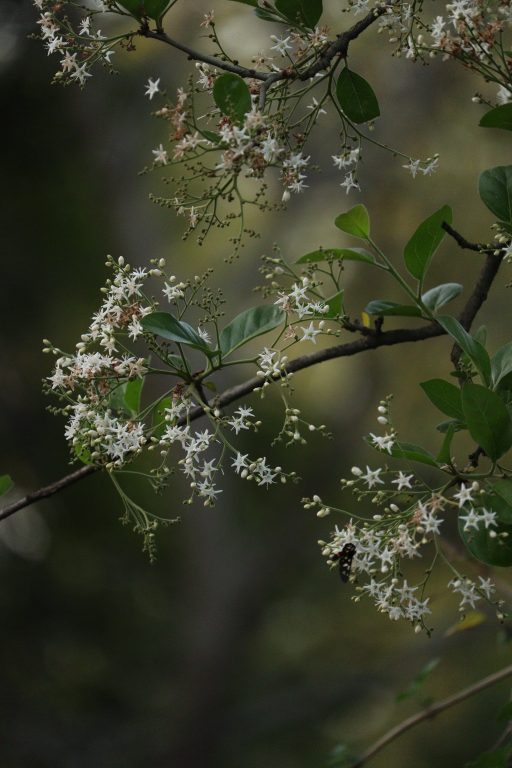
Jawaharlal Nehru University: Located on the south-central Ridge, the university campus houses lush foliage that brightens Delhi’s landscape. A permit may allow visitors to amble across the nature trails, into the forests to spot native blooms of chamrod, khair, phulai and dhak. The wilderness is bound to reveal some of the most colourful buds and fragrant blooms.
Humayun’s Tomb: Inspired by the Persian char bagh, the landscaping allows fragmentation of cultivated foliage distributing spring blossoms of daisies, tulips and pansies all around the tomb. Head for a picnic and walk though the green spaces laden with Chinese mandarin and lemon trees nestled between native growth.
Sanjay Van: Out of the many forests in the Aravalis, this boulder-strewn green space allows space for joggers and cyclists to rejuvenate amidst dhak, semal, jamun, ber and khair trees. Set aside a morning for birdwatching and identifying the species of red-leaved trees in spring. Sanjay Van’s quaint hub won’t disappoint you.
—by Muskaan Gupta
This feature also appeared in National Geographic Traveller India
For latest travel news and updates, food and drink journeys, restaurant features, and more, like us on Facebook or follow us on Instagram. Read more on Travel and Food Network
Trending on TFN
The 23 Best Places To Go In 2023
Explore Utah’s Mighty 5® and What Lies in Between
Five Epic U.S. National Parks To Visit This Year





